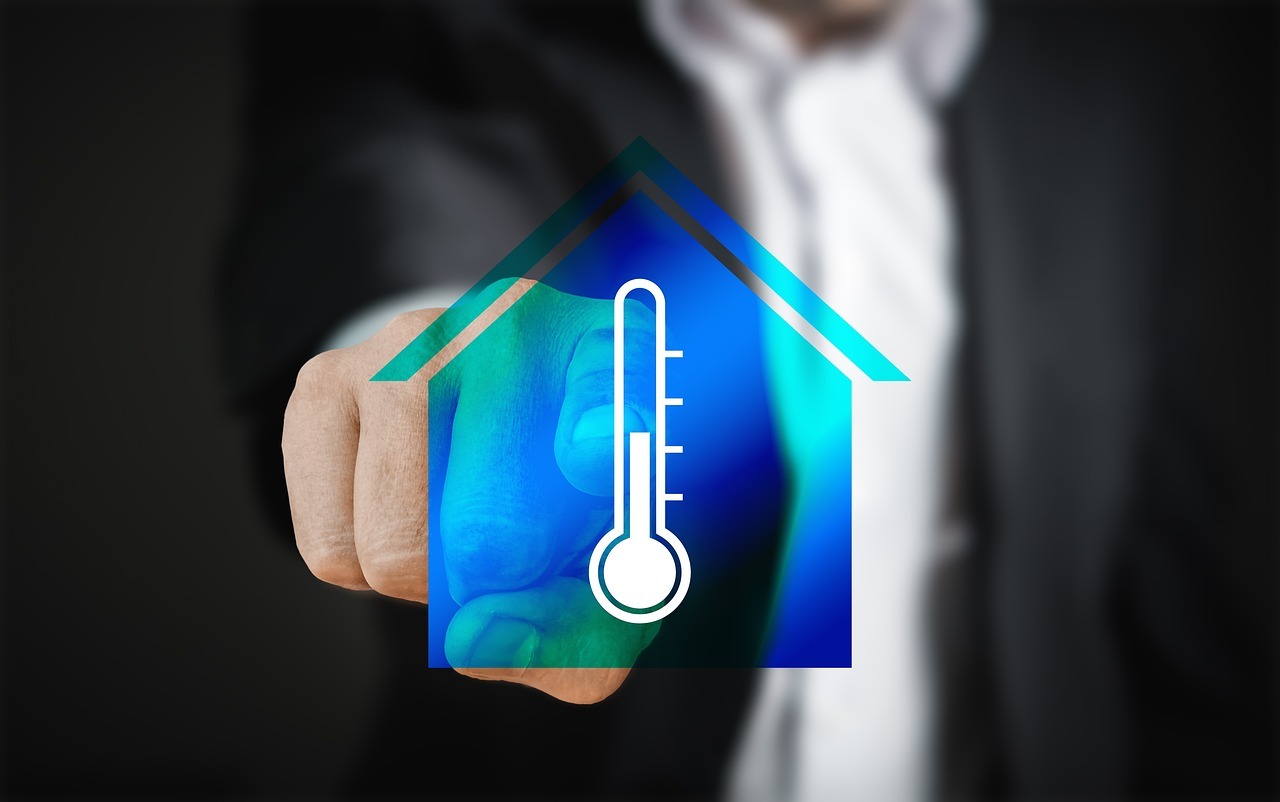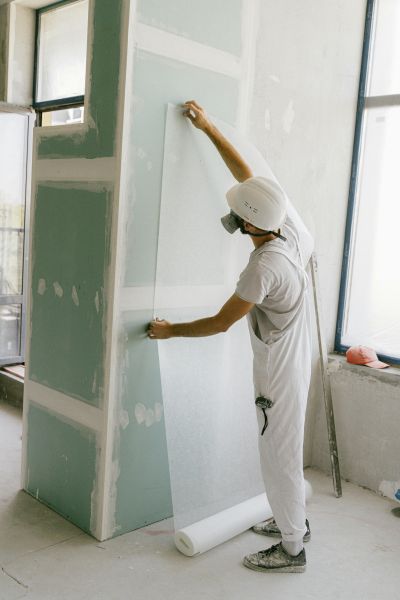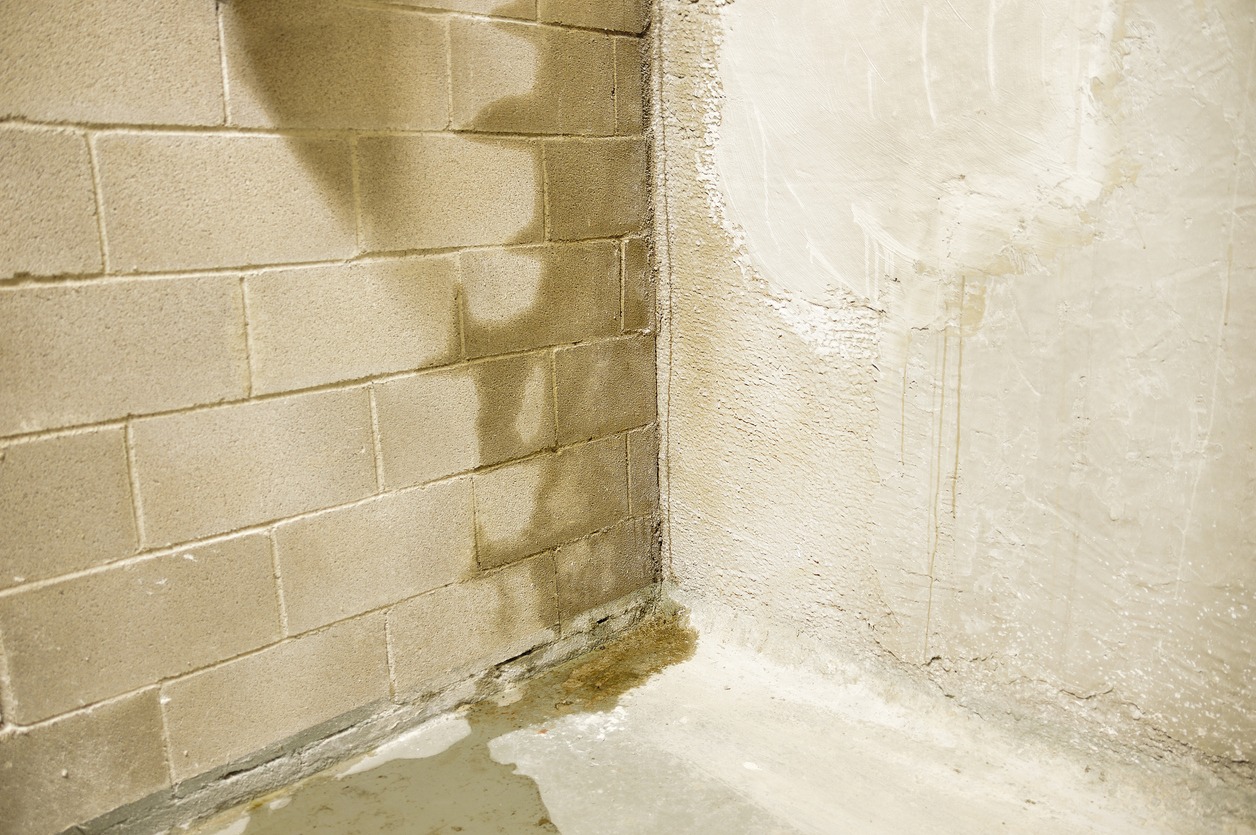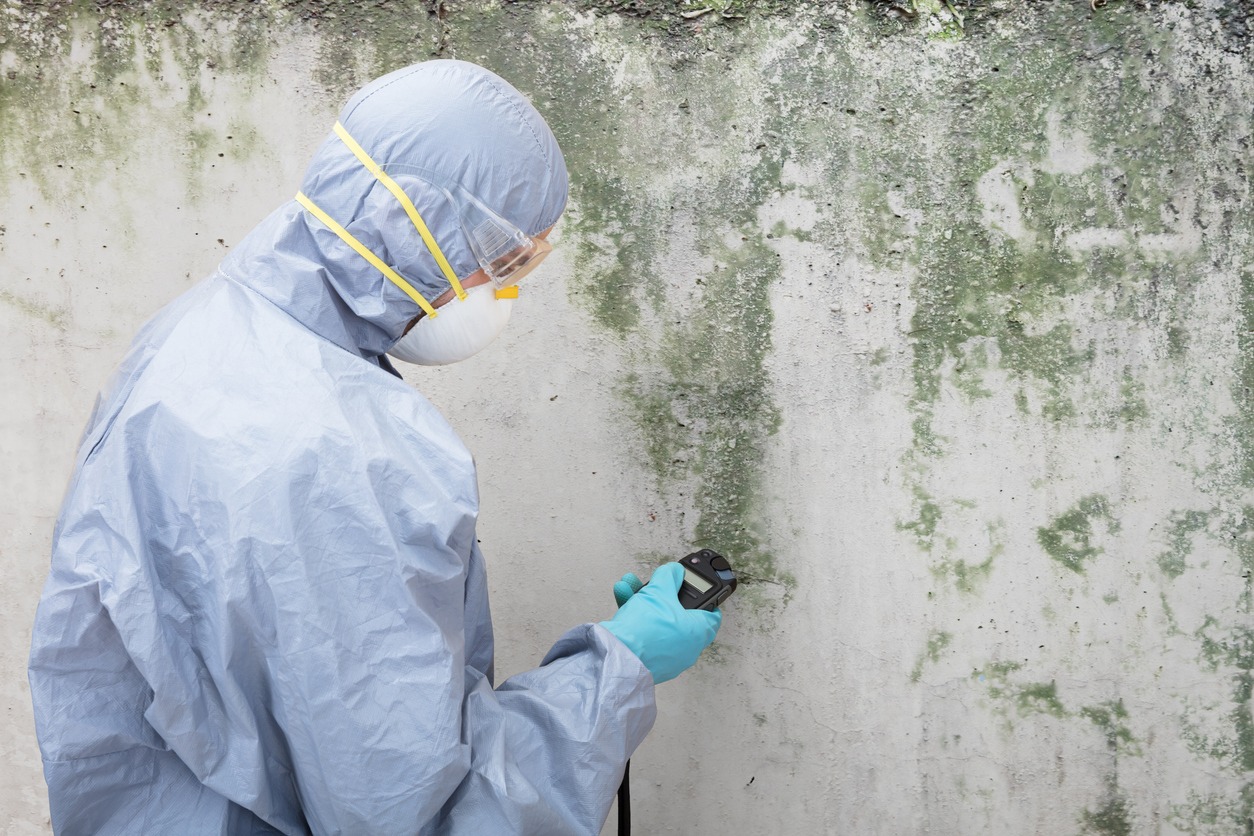Imagine you’ve just painted a room, the walls smooth and pristine, only to find a web of cracks spreading across them weeks later. You might wonder why this happens, especially when you’ve taken care to maintain your home. Various factors contribute to drywall cracking, from foundational shifts and environmental changes to installation errors and beyond. Understanding these causes is important, not only to fix the cosmetic issues but to address underlying problems that could lead to more significant damage. Let’s explore what might be happening behind your walls, and how you might prevent or repair these unsightly blemishes.
Temperature and Humidity Effects
Temperature swings and humidity jumps can wreak havoc on your drywall, causing it to expand, contract, and ultimately crack. You might not realize it, but drywall is quite sensitive to the environment it’s in. Temperature fluctuations and high humidity levels can create a cycle of expansion and contraction that puts immense stress on drywall. Imagine the materials in your walls constantly moving, however slightly, and it’s easy to see why cracks can form over time.
To combat this, ensuring proper ventilation is key. It’s not just about keeping the air moving; it’s about controlling the humidity levels within your home. High humidity can weaken drywall, making it even more susceptible to damage from temperature changes. By installing a good ventilation system, you’re not just making your home more comfortable; you’re also protecting your walls.
Monitoring temperature and humidity isn’t just for the weather-obsessed; it’s a critical step in preventing drywall cracks. With modern technology, it’s easier than ever to keep an eye on these conditions. By staying vigilant, you can adjust your home’s environment before the stress on your drywall turns into a visible problem.
Installation Mistakes
Beyond environmental factors, improper installation techniques can also lead to frustrating drywall cracks. When you’re dealing with drywall, even the smallest installation mistakes can have significant repercussions. These errors not only compromise the appearance of your walls but can also affect their structural integrity over time.
- Incorrect screw spacing: If screws aren’t spaced correctly during installation, it can create tension points that eventually lead to drywall cracks. This mistake is easily avoidable with careful planning and precise execution.
- Insufficient joint compound application: A skimpy application of joint compound weakens the seams, making them more susceptible to cracking. It’s important to apply enough compound to make sure the seams are fully covered and reinforced.
- Improper taping technique: Taping is an art that requires skill and patience. If not done correctly, it can cause seams to crack over time. This step is essential in preventing drywall cracks and ensuring a smooth, seamless finish.
Structural Overloads
Structural overloads, stemming from excessive weight or stress on your walls, can often lead to distressing cracks in the drywall. When you stack heavy furniture, equipment, or appliances against your walls, you’re basically inviting structural overloads. These overloads exert undue pressure and stress on the drywall, weakening its structure and leading to visible cracks.
Improper weight distribution plays a significant role in this scenario. If the weight isn’t evenly spread out, certain areas of your walls bear more load than they’re designed to handle. This imbalance in pressure can cause the drywall to bow or bulge, a precursor to the formation of cracks. You might first notice a slight distortion in the wall before the appearance of definite cracking, signaling that the structural integrity of the wall is compromised.
To prevent further damage and maintain the integrity of your home, it’s important to address structural overloads promptly. Whether it’s redistributing the weight more evenly or reinforcing the wall’s structure, taking immediate action can save you from more severe problems down the line. Remember, cracks in your drywall aren’t just cosmetic issues; they’re warning signs of deeper structural overloads that need your attention.
Water Damage Insights
Understanding how water damage affects your home’s drywall is important. You’ll learn that preventing water leaks not only keeps the structure sound but also wards off potential mold and mildew problems. Let’s explore how moisture intrusion can lead to cracks and what steps you can take to prevent this issue.
Moisture Intrusion Effects
When moisture seeps into drywall, it can weaken the structure, leading to cracks and potential damage. Moisture intrusion and water damage aren’t just occasional nuisances; they’re critical issues that can compromise your home’s integrity. High humidity levels, plumbing issues, and inadequate ventilation can all contribute to this problem, making it essential to address these factors promptly.
- High humidity levels accelerate drywall deterioration, making cracks more likely.
- Plumbing issues and roof leaks introduce moisture directly into walls, undermining their strength.
- Proper ventilation is essential in mitigating moisture buildup and preventing structural damage.
Understanding these factors helps you grasp why moisture intrusion is a significant concern and how it leads to water damage and structural issues in your home.
Preventing Water Leaks
Addressing water leaks promptly can greatly reduce the risk of drywall cracks and maintain your home’s structural integrity. Water leaks, stemming from plumbing issues or roof leaks, can guarantee the moisture content in your home. This excess moisture causes drywall to swell and shrink, leading to stress and, in addition, drywall cracking. Additionally, high humidity levels can worsen the situation by further increasing moisture content. By preventing water leaks, you’re not just avoiding the nuisance of drywall cracking but also protecting against more serious structural issues, including foundation movement. Taking swift action to repair leaks guarantees the longevity of your home’s structure and prevents the cascade of complications that can arise from unchecked moisture.
Impact and Vibrations
Exposed to frequent impacts from furniture and vibrations from nearby activities, your drywall may start showing cracks over time. These cracks don’t just appear; they’re often the result of continuous stress and strain on your walls. Whether it’s the accidental bump from moving furniture, the repeated slamming of a door, or the vibrations from heavy machinery and traffic, your drywall takes a beating.
But it’s not just about the immediate impact or the vibrations you can feel. The underlying cause can sometimes be more insidious:
- Structural settling due to foundation problems or shifting soil can introduce vibrations that, over time, lead to significant drywall cracks.
- Impact damage from daily activities, like doors hitting the wall or furniture bumps, necessitates proper repair techniques to prevent further deterioration.
- Vibrations from external sources, such as nearby construction or heavy traffic, can subtly shake the foundations of your home, exacerbating any existing issues with the drywall.
Addressing these issues isn’t just about patching up cracks; it’s about understanding the root cause. Whether it’s reinforcing your walls against impact or addressing foundational problems, proper repair is essential for a lasting solution.
Material and Pest Issues
You might not realize it, but your home’s drywall can be at risk from more than just physical impacts. Moisture damage and pest infestations, such as termites or ants, are key culprits behind those frustrating cracks. Identifying signs of these issues early can save you from bigger headaches down the road.
Moisture Damage Effects
Moisture damage not only weakens drywall by fostering mold and mildew growth but also turns it into a magnet for pests like termites. When you’re dealing with water leaks, it’s not just a superficial issue. The integrity of your drywall is at stake, and the consequences can extend far beyond a simple aesthetic fix.
- Water leaks can cause your drywall to swell, warp, and ultimately become structurally unsound, putting your home at risk.
- Moisture-related issues compromise the integrity of drywall, necessitating prompt repair to prevent further deterioration.
- Addressing moisture damage promptly can stave off pest infestations that thrive in damp environments, protecting your home from further damage.
Pest Infestation Signs
Recognizing the signs of pest infestations, such as drywall cracks caused by burrowing insects, is important in preserving your home’s structural integrity. When pests like termites or carpenter ants make themselves at home, they can create weak spots in drywall, leading to cracks and significant structural damage over time. Moisture from their activities further deteriorates the drywall, making prompt pest control measures essential to prevent further damage.
| Sign | Likely Cause |
|---|---|
| Drywall cracks | Insect burrowing |
| Sawdust piles | Termite or ant activity |
| Audible rustling | Pest presence |
| Structural damage | Long-term infestation |
| Increased moisture | Pest-related deterioration |
Awareness of these signs can help you take swift action, ensuring the longevity of your home’s walls.
Conclusion
In summary, your drywall cracks for various reasons, from temperature swings and humidity changes to installation errors and structural overloads. Water damage, along with impact and vibrations, can also compromise its integrity. Don’t overlook material quality and potential pest infestations. Addressing these issues promptly isn’t just about importance; it’s vital for maintaining your home’s structural health and safety. By understanding these causes, you’re better equipped to prevent future damage and guarantee the longevity of your walls.





